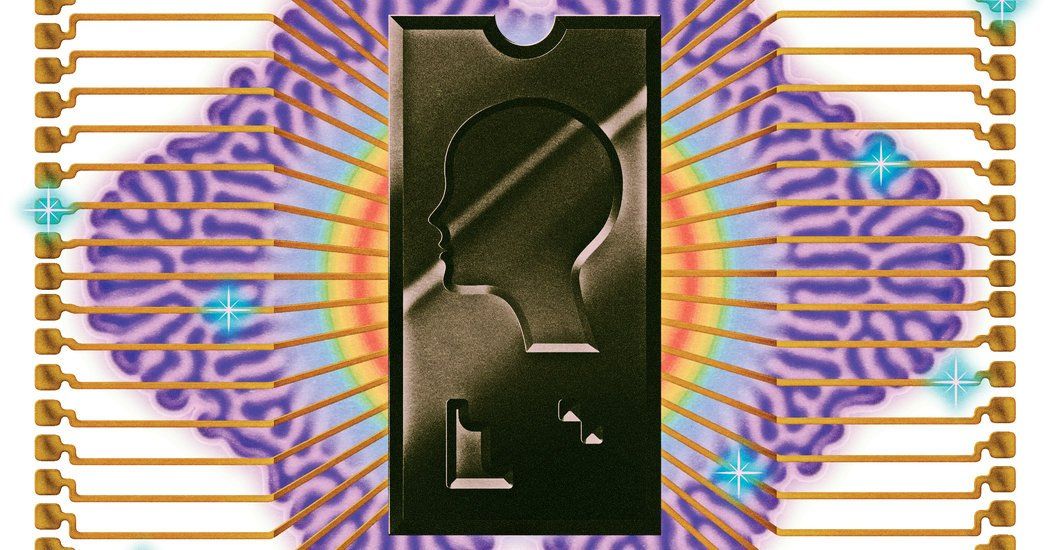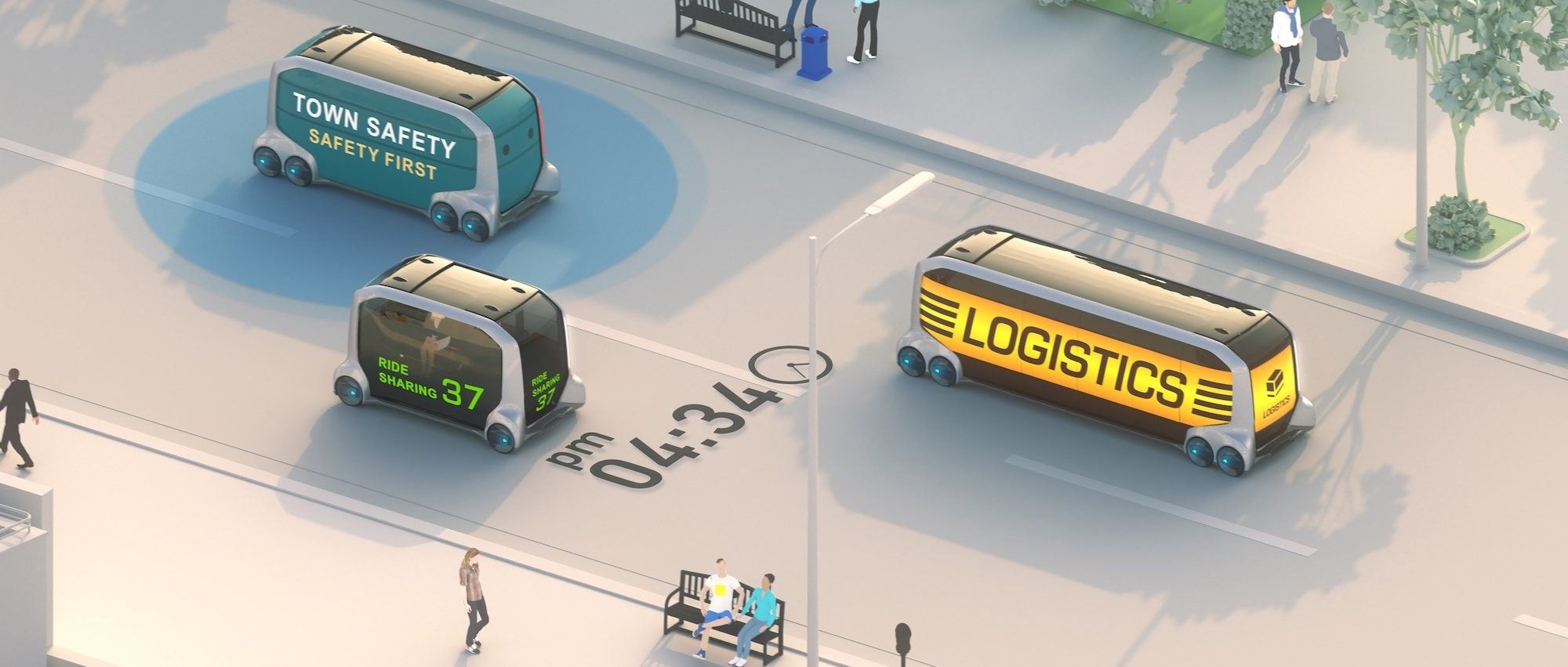You know that warning on your car’s side view mirror that says “objects may be closer than they appear”? You won’t see that on this new Mitsubishi prototype. You won’t even see mirrors on it.
That’s because Mitsubishi has ditched the mirrors and replaced them with cameras: one each on the driver’s and passengers side and another to handle rear-view duties. There’s more to the system than just cameras, of course.
As is the case with almost everything tech-related in the news these days, Mitsubishi’s mirrorless system will utilize an advanced AI to help keep drivers safe. The cameras can detect objects as far away as 100 meters, and the AI can distinguish between pedestrians and vehicles — and even figure out what kind of vehicle is approaching.








